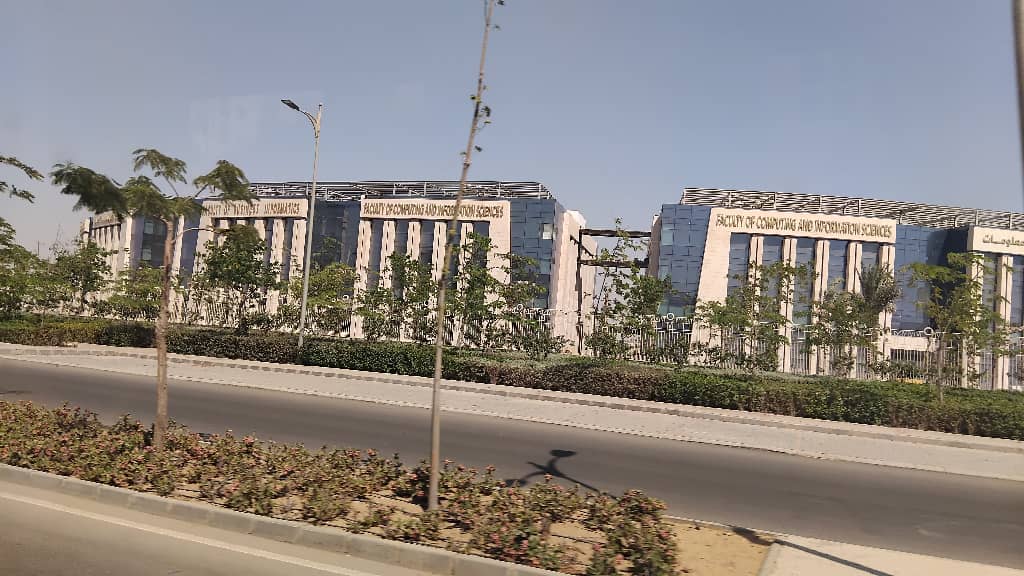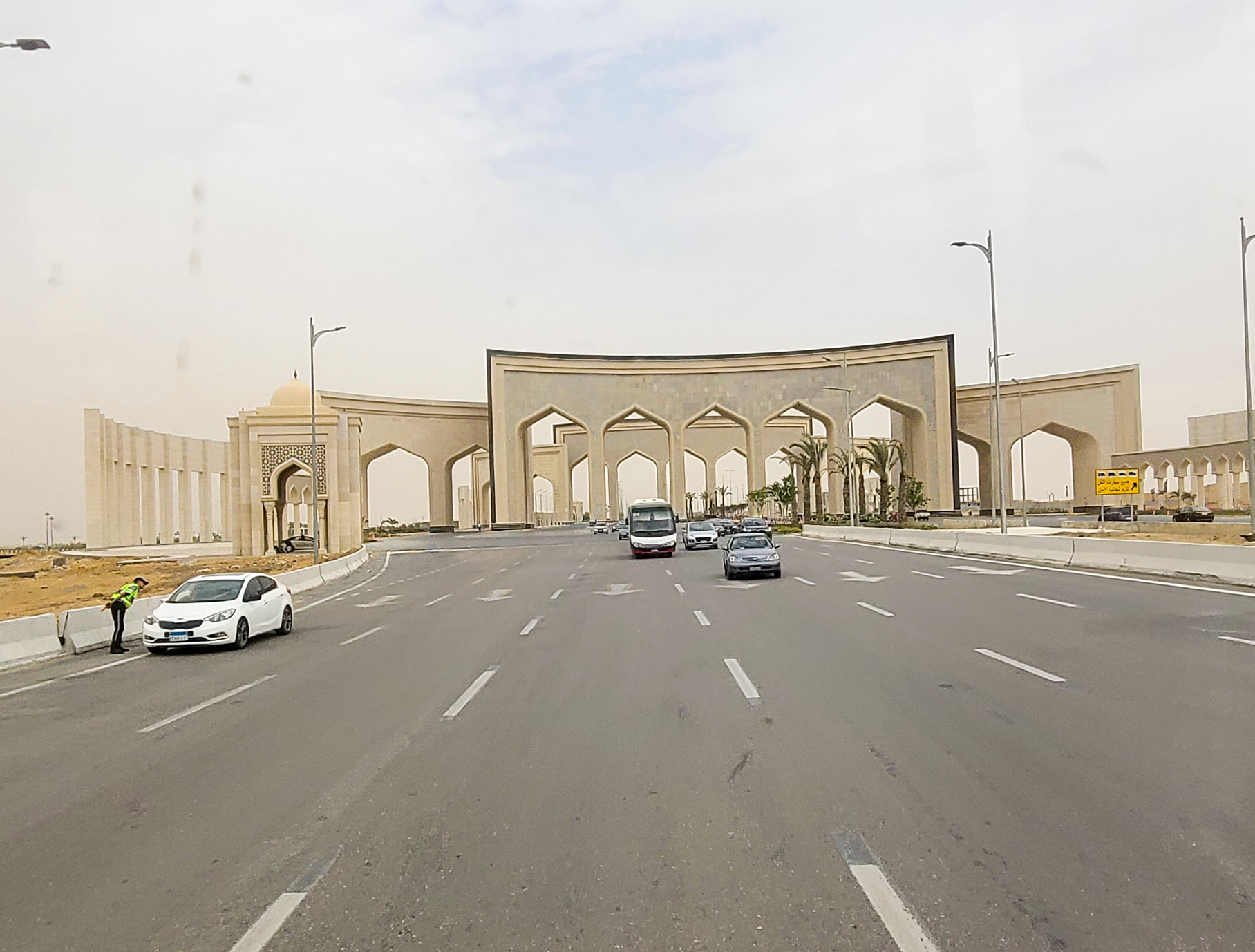FUMBE CHANDA
Egypt
IN THE searing heart of the desert, far from the Nile’s banks and Cairo’s chaotic sprawl, Egypt has accomplished what many once thought improbable: it has designed and developed a smart city that is green, sustainable, and liveable.
In December 2022, Sada Elbalad television quoted Minister of Housing Assem el-Gazzar as saying that the new administrative capital projects had created around four million direct and indirect job opportunities, the majority for young people.
By integrating technology with thoughtful urban planning, the new capital is also set to provide a more supportive environment where women can participate fully in the workforce and children can grow up healthier and free from pollution.
Speaking at the 61st session of Union of African Journalists (UAJ) in Cairo, Mohammed Higazy, former Assistant Minister of Foreign Affairs and current Director of the North Regional Office of United Cities and Local Governments of Africa (UCLG Africa), outlined the vision behind this urban revolution not only for Egypt, but for the entire continent.
“Smart cities do not just mean roads and electricity; they mean modern government, interconnectivity, green energy, smart farming, and infrastructure that empowers both people and economies,” he said.
Dr Higazy said one of the key lessons emerging from Africa’s development journey is the rising importance of local governance.
Cities, he argued, are no longer just recipients of national policy but have become frontline responders to climate crises, economic shocks, migration, and emergencies.
“Decentralisation is no longer an option; it has become a necessity. African megacities such as Nairobi, Abidjan, Algiers, Rabat, Accra, and Cairo are confronted with complex challenges that urgently require local solutions,” he said.
One of the most transformative aspects of Egypt’s Vision 2030 is the creation of 24 fourth-generation smart cities, including the flagship New Administrative Capital and the revamped city of New Alamein.
The new capital, described by Dr Higazy as “the pride of Egypt”, is a marvel of modern planning.
Once a lifeless desert, it is now a digital-first city designed to ease pressure on Cairo, home to more than 22 million people.
“It’s not just about relocating people; it is about giving value to the desert, making it liveable, and offering high-quality life in a sustainable way,” he said.
Dr Higazy urged African countries to pursue infrastructure development, which he described as the “vein in the body of a country’’.
Without roads, electricity, and digital networks, he warned, Africa’s vast resources will remain untapped and its people disconnected.
He cited examples across the continent: Ugandan President Yoweri Museveni lamenting that industrial parks are useless without roads to ports, and Malian herders forced to trek 800 kilometres to reach Abidjan, losing livestock value along the way.
“Egypt has built over 7,000 kilometres of roads in the past decade alone. Build a road, and you get richer,” Dr Higazy said, referencing a Chinese proverb.
These roads, he said are not only for transport; they connect economies, enable trade, support tourism, and unlock the potential of inland regions.
“Africa must learn from Egypt that even abandoned places can be transformed, as smart planning can turn deserts into destinations,” he said.
While Dr Higazy focused on Africa-wide lessons, project leaders on the ground shared concrete progress in Egypt’s flagship project.
“We have completed about 75 percent of the first phase. The government district alone will accommodate around 50,000 employees daily, while residential areas already house 30,000 people,” Deputy Director of the Government Coordination Department Reham Ghoneimy said.
Spread across 230,000 acres an area roughly twice the size of Singapore the Administrative Capital for Urban Development (ACUD) is designed as a new national hub. Its first phase, covering 40,000 acres, includes government ministries, residential neighbourhoods, green spaces, and smart transport systems.
“All key government bodies, from ministries to parliament and the presidential palace, will operate from here, streamlining administration and communication.
It is designed for efficiency, bringing all government sectors into one integrated system, connected by infrastructure, technology, and proximity,” he said.
Concerns over affordability have also been addressed.
“Housing here is not just for the wealthy. Prices are comparable to nearby cities like New Cairo, with developers offering flexible payment plans of up to 10 years. We are alsorelocating families from informal settlements, giving them safer and better-planned communities.
Anyone can apply and purchase based on their budget. We are creating space for all Egyptians,” he said.
Beyond government buildings and homes, the ACUD will host schools, healthcare facilities, cultural institutions, and business zones.
It is envisioned as a green, digitally connected, and people centric city aligned with Egypt’s Vision 2030 for sustainable development.
In parallel with its futuristic infrastructure, Egypt has embedded culture at the heart of its new capital. A sprawling arts and culture city, covering 127 acres, is being built as one of the largest cultural complexes in the world.
“It’s not just a building or a venue. It is a city of creativity, a space that reflects our civilisation, tells our story, and preserves our identity for generations to come,” Public Relations Supervisor at the Arts and Culture City Ramyadel el Sherbeeny said.


